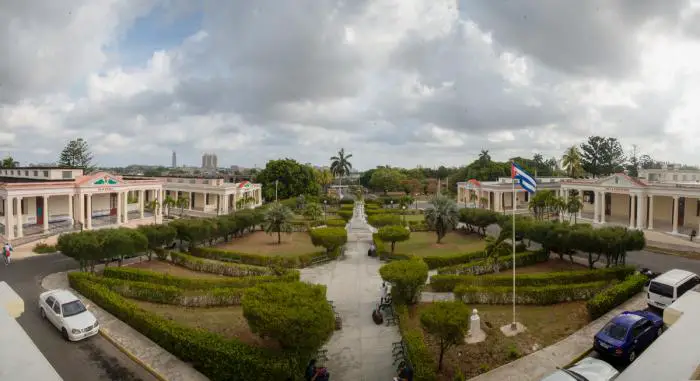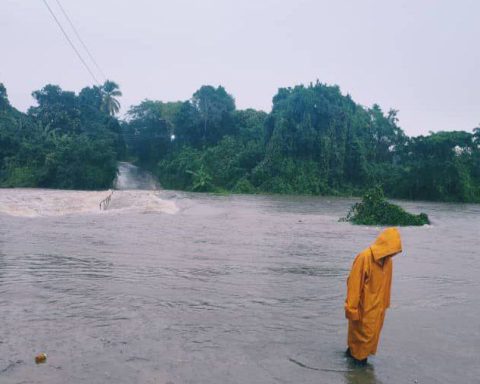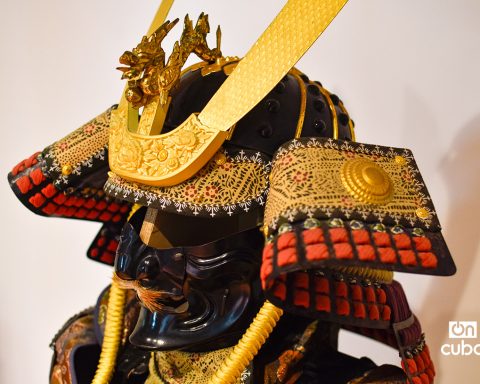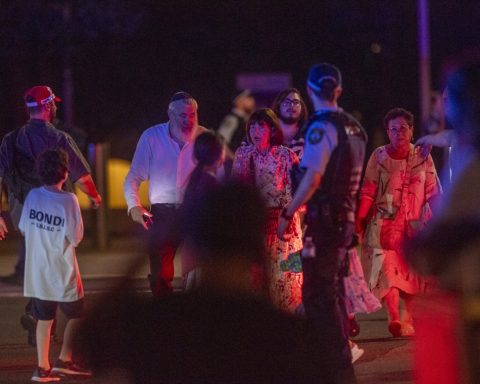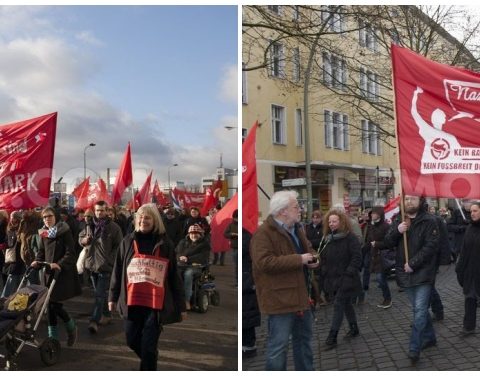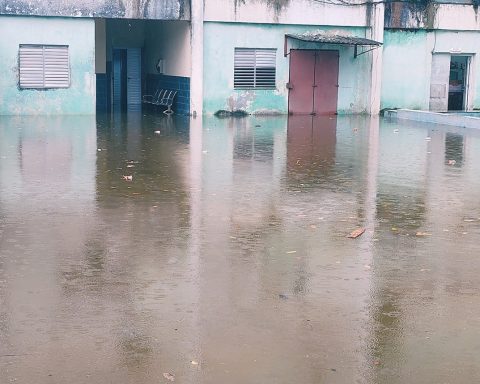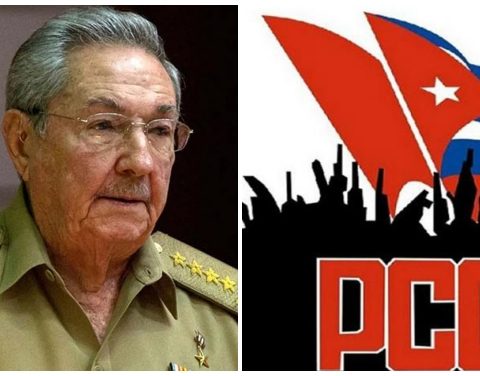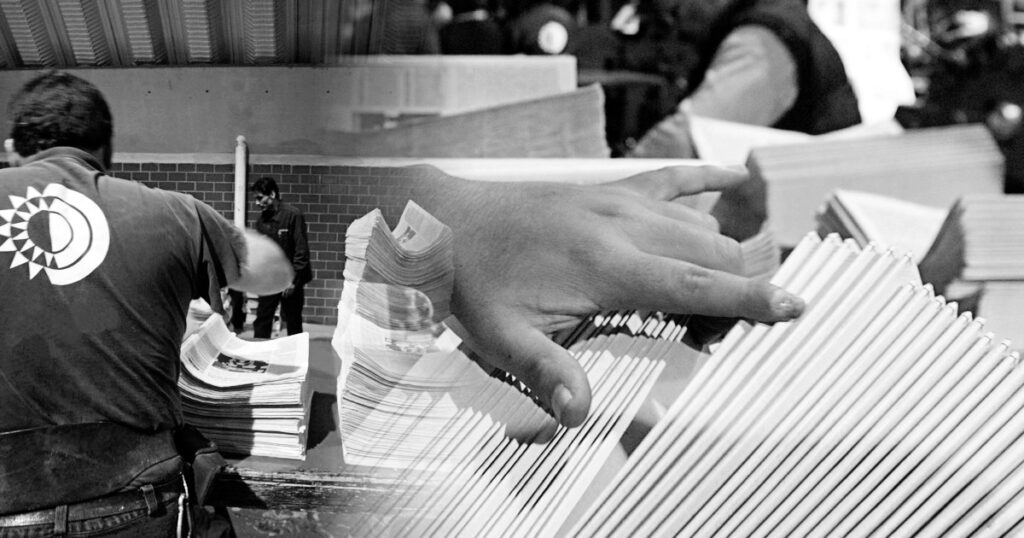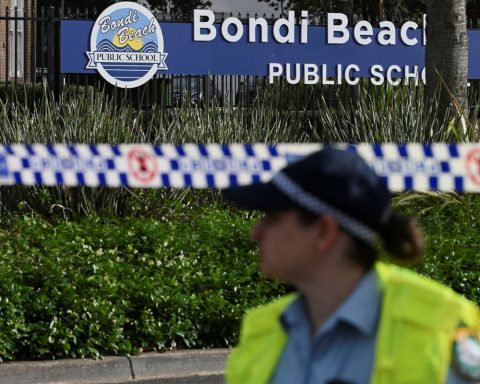HAVANA, Cuba.- On March 15, 1897, while the invasion of the West brought the independence war to the entire country, the Quinta Covadonga was founded by Manuel Valle, president of the Asturian Center of Havana, on a plot of 120 hectares located in Calzada del Cerro. The new Casa de Salud, which would become one of the best hospitals of Latin America, had been intended by its benefactor as a medical care center for the Asturian community, which had grown a lot in the second half of the 19th century as a result of immigration.
In 1917 the chapel and the autopsy room with a cold room were completed. The construction of the forty pavilions culminated in 1921, and that same year La Covadonga was one of the first two hospitals, together with the Quinta de Los Dependientes (today Hospital “La Dependiente”), to have an electrocardiograph.
La Covadonga began its services as a hospital exclusively for men, until in 1932 the entry of women as associates was accepted, after a majority agreement of the Board of Directors of the Asturian Center.
In 1927 the hospital pharmacy was inaugurated with its own laboratory for the manufacture of medicines, and by 1944 the pediatric service was created.
The development achieved by the institution soon turned it into a reference medical center, cataloged as “the sanatorium of America”, in addition to dazzling visitors with its imposing architecture, in which pavilions and parks are interspersed in a play of greens, Space and light that invite you to rest.
With the arrival of Fidel Castro to power, the hospital was named “Salvador Allende”. However, political voluntarism could not with the force of habit. Cubans continue to use the name of a lifetime for the great hospital of Cerro, which has reference services to treat breast cancer and lung cancer, in addition to having, among its most distinguished dependencies, the institutes of Angiology and Pneumology.
